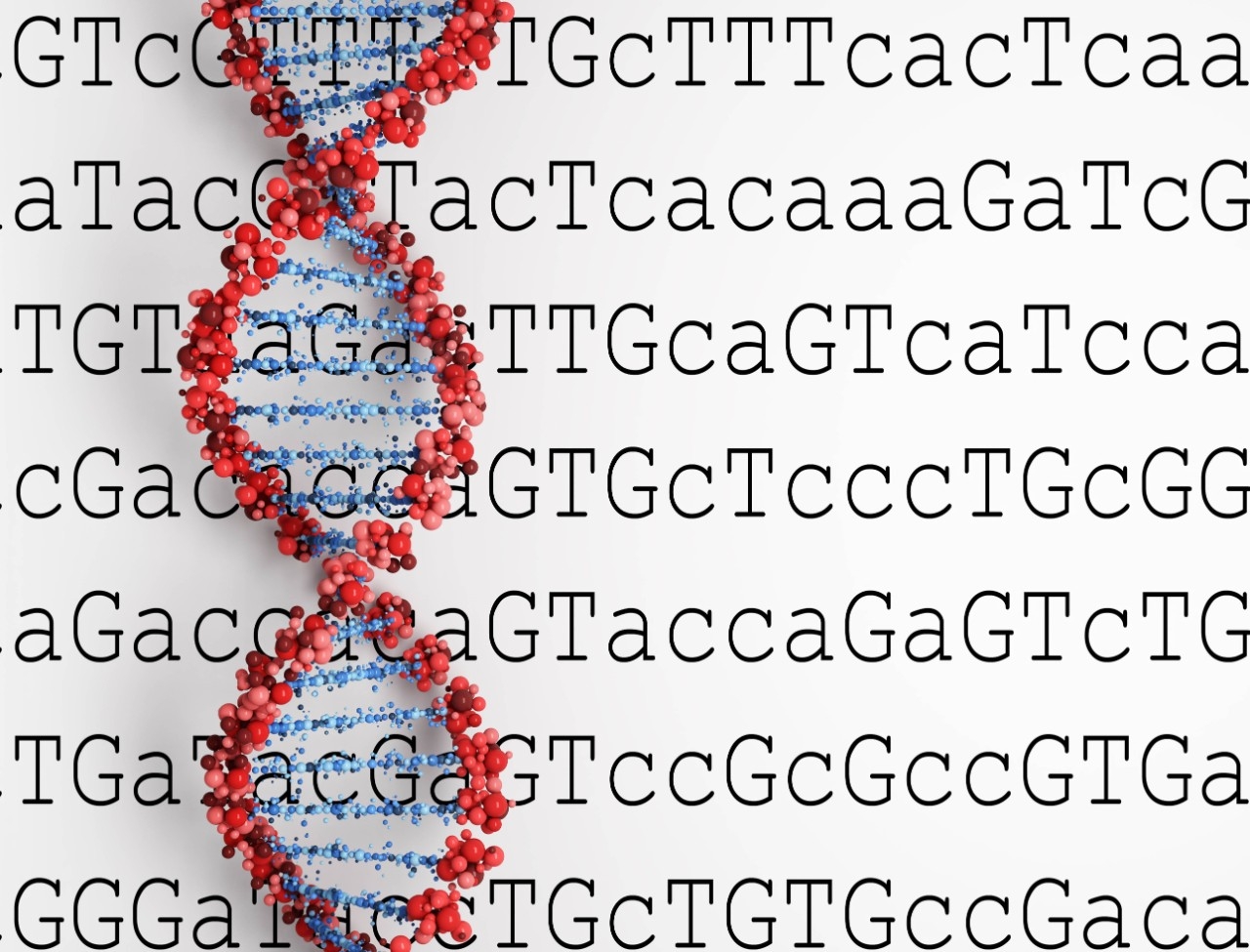Ready, set, genome
Record-setting DNA sequencing finds answers for patients fast

Thanks to a new, ultra-rapid technique devised in the lab of Stanford Medicine geneticist Euan Ashley, MD, PhD, scientists have cut down the time it takes to sequence a human genome from several weeks to 5 hours and 2 minutes, a feat that earned the research team a rare accolade in medicine: a Guinness World Record.
“It was just one of those amazing moments where the right people suddenly came together to achieve something amazing,” Ashley said. “It really felt like we were approaching a new frontier.”
Genome sequencing provides a window into a person’s molecular makeup — a DNA blueprint of nearly everything in that person from hair color to disease risk. For people who have diseases that stem from a genetic variant, DNA sequencing can reveal that, helping scientists determine precise diagnoses and treatments.
“A few weeks is what most clinicians call ‘rapid’ when it comes to sequencing a patient’s genome and returning results,” said Ashley, the Roger and Joelle Burnell Professor in Genomics and Precision Health. “Genetic tests just aren’t thought of as tests that come back quickly. But we’re changing that perception.”
The team was able to use the new rapid sequencing approach, which simultaneously harnesses the power of multiple genome sequencers, in a clinical trial with 12 patients, five of whom were diagnosed with the help of the sequencing information.
In one case, a 13-year-old boy, Matthew Kunzman, arrived at Stanford Hospital in rapid decline; his heart was failing. Using the new technique, it took Ashley and his team a matter of hours to reveal that genetics were to blame for Matthew’s condition, myocarditis — inflammation of the heart. The only solution would be a heart transplant.
Matthew was immediately put on the transplant list and received a heart within a month. A year later, his mom said he’s doing “exceptionally well.”
Now, Ashley and his collaborators are optimizing their technique to speed up sequencing and diagnosis even more. “I think we can halve it,” Ashley said. “If we’re able to do that, we’re talking about being able to get an answer before the end of a hospital ward round. That’s a dramatic jump.”

